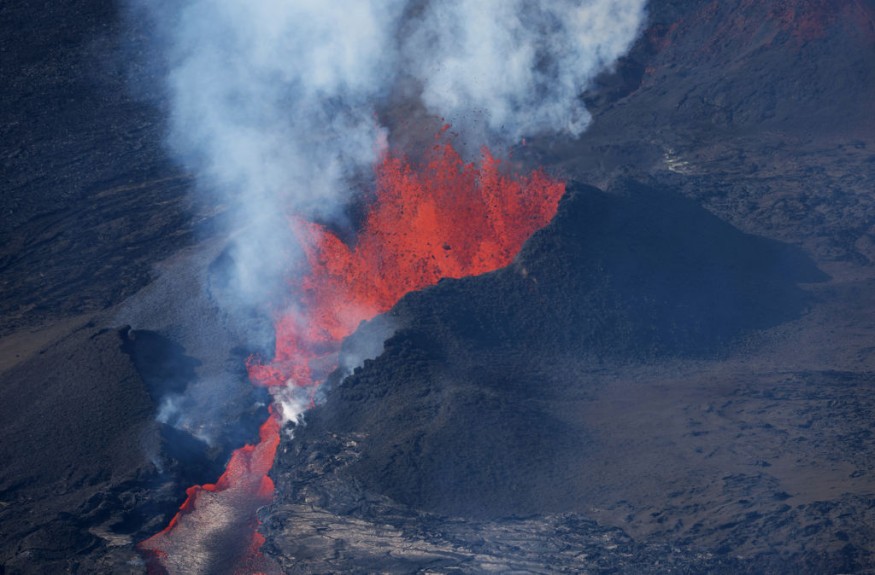
Two years after Mauna Loa, the world's largest active volcano, erupted in November 2022, scientists have validated their early warnings of the event.
A new study analyzing the lava's chemical makeup has confirmed the timeline geologists predicted based on early warning signs.
Geologists Confirm Mauna Loa Eruption Timeline with Lava Crystals Study
Months before the eruption, geologists detected increased earthquake activity and ground swelling near Mauna Loa. These signals suggested that magma was moving upward through the Earth's crust, creating pressure beneath the volcano.
Researchers from the Hawaiian Volcano Observatory, led by geologist Kendra Lynn, studied crystals in the lava to understand the process better, New Scientist reported.
Their findings revealed that large amounts of molten rock began rising from deep within the Earth about 70 days before the eruption.
The molten rock, originally located 3 to 5 kilometers beneath the summit, moved closer to the surface, stopping just 2 kilometers below. Once the pressure became too great, the magma broke through the surface, transforming into rivers of lava. These findings, published in Nature Communications, align with the initial timeline geologists predicted using external signs such as earthquakes and ground shifts.
Scientists emphasize that predicting the exact timing of volcanic eruptions remains impossible. However, geologists can issue "forecasts" based on patterns and data.
Ben Andrews, head of the global volcano program at the Smithsonian Institution, compared these forecasts to weather predictions, noting they rely on probabilities rather than certainties.
Researchers Push for Advanced Volcano Eruption Forecasts
For Mauna Loa, understanding its magma reservoirs is a critical step toward refining these forecasts.
According to AP, researchers hope that by studying similar patterns in the future, they can give residents of Hawaii's Big Island more advanced warnings of potential eruptions, extending forecasts from minutes to months.
Mauna Loa's 2022 eruption was its first since 1984, but Hawaii is home to several active volcanoes. The U.S. Geological Survey tracks active volcanoes across the country, with most located in Hawaii, Alaska, and along the West Coast. Globally, approximately 585 volcanoes are classified as active.
Volcanologist Erik Klemetti Gonzalez explained that volcanoes are challenging to study because scientists cannot observe the inner workings directly. Instead, they rely on indirect clues like ground movement, earthquakes, and chemical analyses of lava. These tools, combined with better historical data, could help scientists anticipate future eruptions with greater accuracy.
The new study underscores the importance of ongoing research into volcanic activity, revealing that even well-studied regions like Hawaii continue to hold surprises for scientists.
© 2025 NatureWorldNews.com All rights reserved. Do not reproduce without permission.





